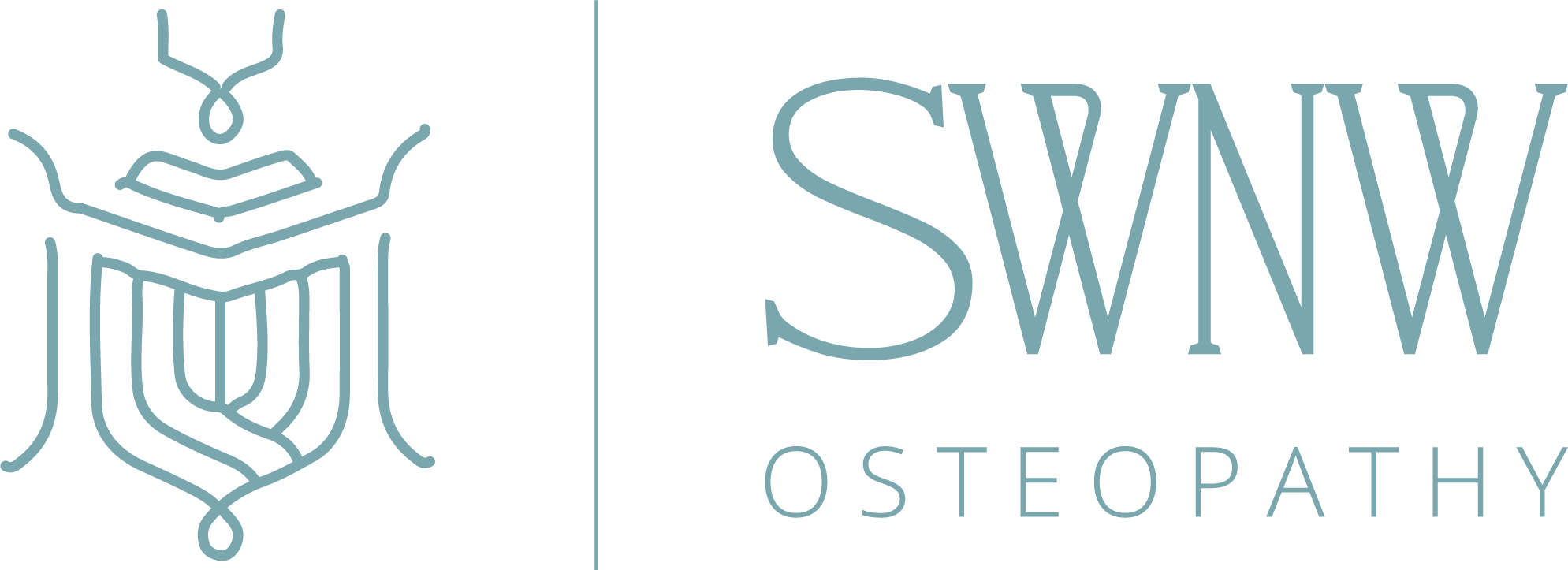Fascial Treatment
Our whole body is wrapped and packed by a sheet of connective tissue called fascia that possesses the property of insulation. It covers our body and lies underneath the skin. Fascia helps in the attachment of different muscles as well as stabilizes, encloses, and separates different muscles of our body.
In other words, it acts as a sheet around the muscles and all body organs.

What Is the Role of Fascia in Pain?
If the fascia gets tightened it constricts the muscles thereby decreasing the blood supply causing pain and limiting the range of motion. Factors that cause the tightening of fascia are infection, inactivity, overuse, trauma, disease, and poor postural awareness.
How Do We Treat Fascial Pain?
Our team uses diverse techniques one of which is the myofascial release technique that can be used to treat conditions like:
- Headache/migraines
- Pre and post-natal pain
- Arthritis and joint pain
- Sporting injuries
- Arm and leg pain
- Back pain
- Postural problems
- Muscle strains
- Joint sprains
- Sciatica
Myofascial Release is a technique that helps in the relaxation of fascia in contracted muscles thereby increasing the blood and lymphatic circulation to that area. This technique utilizes a sustained pressure that can be quite gentle or quite firm depending upon the area that is being treated. These techniques can also be named direct or indirect release.
Direct Myofascial Release
In this technique, firm pressure is applied to the fascial layers that cause the stretching of the fascia.

Indirect Myofascial Release
In this technique, gentle pressure is applied to the fascia such that the fascia releases pressure on its own. Our therapist will provide passive movement to your body so that the pressure is slowly released. This technique is known as Functional Myofascial Release.
Other techniques employed to relieve fascial pain include Strain-Counterstain Technique and muscle energy technique. The treatment offered to our patients is tailored to their condition and thus sometimes variable.
